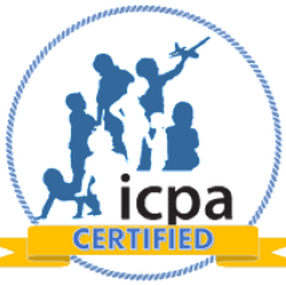Do’s & Don’ts
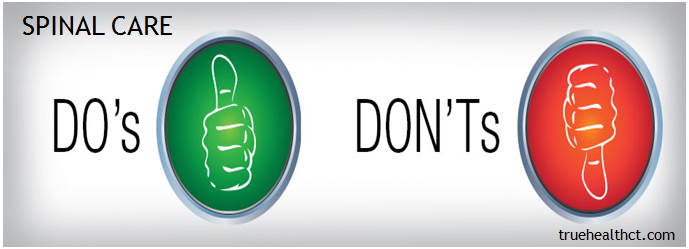
When it comes to maintaining your structural alignment, what you do outside our office can have a huge impact. Here are some of the ways you can help get the best results in the shortest amount of time AND ensure that you’re not undoing your progress.
Sleep: Your bed and pillow should both help keep your body in natural alignment. Aim to sleep on your side or back. Choose a pillow that supports the head so that the neck vertebrae are neutral (level with the rest of your spine) and use a good mattress that comfortably prevents your spine from dipping or sagging while you sleep.
Work: The spine is architecturally designed for walking. Sitting in a chair is a very unnatural position for the spine. Plan to break up your sitting every 45 minutes. Make sure you have a high quality chair that has adjustable arms, height, lumbar support and ample padding.
Movement: Ideally we should be spending a good portion of our days walking, standing and moving in general. Support your newly straightened spine by engaging in an exercise routine that encourages strengthening the core and back muscles. Be consistent with your WebExercises custom stretches/exercises.
Diet: When the body has the right nutrients it is better able to heal itself. A nutrient-rich diet with a diversity of plants, healthy proteins and high quality, healthy fats actually feed and nourish your genes, slowing the degenerative process.
Automobile Ergonomics: Bring the steering wheel down and towards you to minimize reach. Increase the lumbar support until it fits your back with no gaps. If your vehicle doesn’t have one, you can purchase a lumbar cushion or use a rolled up towel to give you more lower back support. Keep your head against the headrest on long drives to avoid anterior head syndrome.
Sleep: Avoid stomach sleeping. Having your head and neck turned to one side while sleeping can significantly strain the muscles and ligaments of the spine. This results in negating the work of the adjustments and adding pressure to the joints and nerves. Avoid using more than one pillow – which can push the neck too far forward.
Work: Sitting for long periods of time. The fascia (which connects muscles) begins to set when you stay in one position for too long. If you’re hunched over a keyboard all day with rounded shoulders, this eventually becomes your normal posture.
Movement: Having a sedentary lifestyle. If you spend the majority of the day sitting and not active, you are setting yourself up for muscle stiffness, poor balance and mobility, and lower-back, neck, and hip pain.
Diet: Bad dietary habits are often a contributing factor to delayed recovery from an injury. Diets high in processed vegetable oils, sugar, and flour, ALL promote inflammation in the body. Not drinking enough water – keeping the body well hydrated is important to nourish the spinal discs and help keep them healthy.

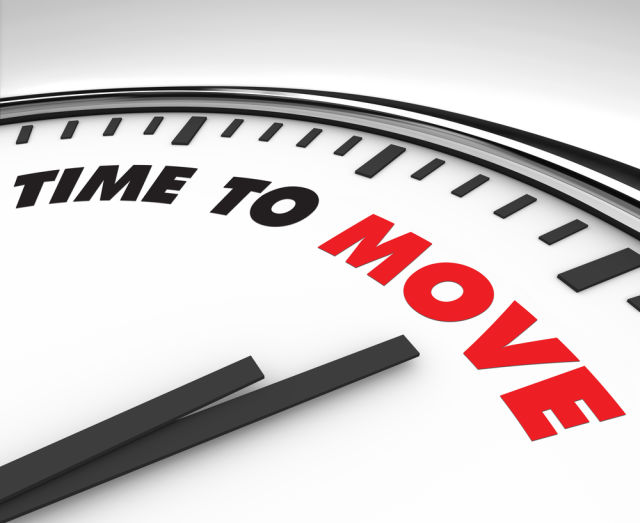
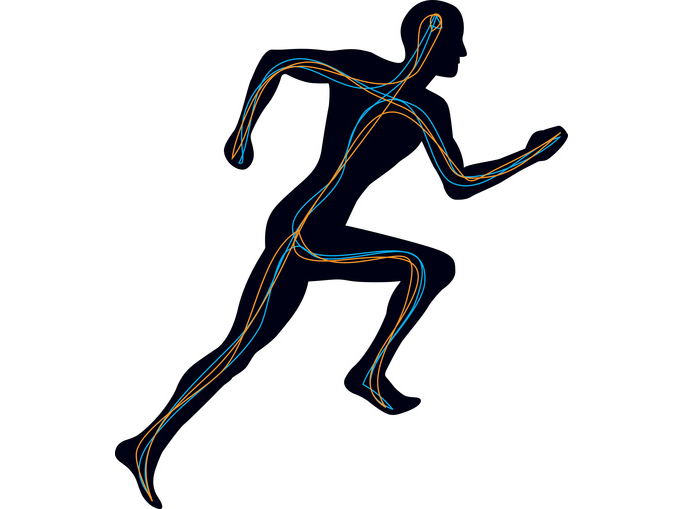
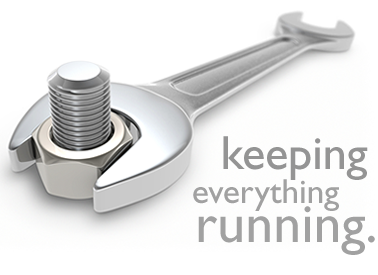
 One of Albert Einstein’s well known quotes is, “Nothing happens until something moves.” Motion is life. Lack of motion is death. Movement is a vital nutrient to your body, just as much as food, water or oxygen.
One of Albert Einstein’s well known quotes is, “Nothing happens until something moves.” Motion is life. Lack of motion is death. Movement is a vital nutrient to your body, just as much as food, water or oxygen.

